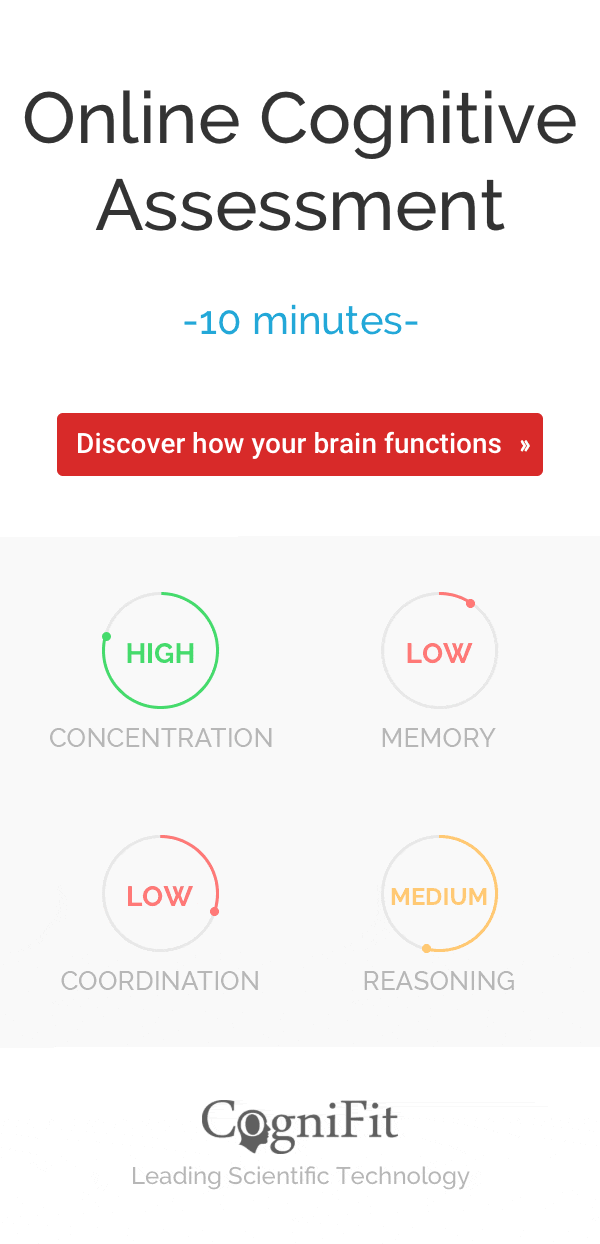
10 Percent of Brain Capacity: Is It True?
It’s a myth that commonly appears in advertisements, books and movies: humans can only use 10 percent of brain capacity. But is this really true? Is it possible that the organ we commonly think to be the body’s control center, is really only useful for 10 percent of its function? Read below to find out!
Where did the myth come from?
No one is really sure where the myth actually originated from. There have been many theories when it comes to the brain, some sounding much crazier than others. So it’s kind of hard to pinpoint exactly which crazy idea the myth came from, but here are a few theories.
In the early 1800’s, scientists thought that brain functions were located in specific parts of the brain. Scientists Franz Joseph Gall and Johann Spurzheim brought up phrenology, or the idea that bumps on the skull indicate human behaviors and characteristics. However, some scientists disagreed with their theory, and instead argued that the brain worked as a whole, even though different parts of the brain had different functions. This idea was known as equipotentiality. Scientists tried to prove this theory by removing parts of the brain and observing that the deficits that occurred were more prominent when more of the brain was removed. But this idea remained in debate for many years, and many think that this debate might have sparked the myth somewhere along the way.
Another possible origin of this myth is the work of psychologist Karl Lashley, who believed that memory was not specific to a portion of the cerebral cortex. He tested his theory by first removing certain amounts of the cerebral cortex (get to know your brain!) of rats. He then put the rats through simple mazes and activities that tested visual discrimination. He found that as long as he kept a certain amount of cerebral cortex, the rats would behave normally. For example, he reported that even removing up to 58 percent of the cerebral cortex wouldn’t cause any changes in behavior. But it is likely that the parts of the brain Lashley did remove, he didn’t test in his experiments, making it seem like the rats were behaving normally. His work wasn’t applicable to other parts of the brain, or to more complex beings.
Why does this myth continue?
Other figures such as Albert Einstein and Margaret Mead had also made claims stating that humans only use a small part of the brain. And even though these scientists had no training in neuroscience, people took their word for it.
Today, the 10 percent of brain capacity myth is present in advertisements for programs that claim to tap into the unused potential of the brain. And of course, we can’t forget about the fancy Hollywood movies showing that using the brain’s full capacity would give people super human abilities. Take the film Lucy, for example. Lucy is able to “use 100 percent of brain power”, which allows her to perform super-human acts. But if you know the science behind it, you know that our brain is almost always at full capacity.
But what would happen if we actually did use 10 percent of our brain? Well the brain weighs about 3 pounds, and if we took away 90 percent of it, we would be left with 0.3 pounds, which is the size of a sheep’s brain. But any kind of damage to just a small area of the brain could cause great effects. For example, a stroke could cause very serious disabilities. (In some cases, this acquired brain injury miraculously doesn’t cause any disabilities.. just read about the Phineas Gage case!)

How do we know that we don’t use 10 percent of brain capacity?
There is no scientific evidence that we use 10 percent of brain capacity. Here’s a few reasons why:
Action potentials of neurons
Action potentials are the electrical impulses that travel through a neuron so that information can be transmitted to the next neuron. Action potentials only fire when there is enough stimulus to reach a threshold. It works in an “all or none” fashion, meaning that if it doesn’t reach the threshold, the action potential won’t fire. This is helpful because it ensures that all of our neurons aren’t firing at the same time- that would just be too much activity for the brain! But even when neurons are at “rest”, they’re still receiving information from other neurons. So essentially, the neurons are never inactive.
Evolution
When it comes to evolution, there’s the common theme that those who have the advantage in the environment would survive long enough to produce offspring with the same advantageous traits. It wouldn’t make much sense that humans evolved from creatures with smaller brain sizes if there wasn’t an advantage. Functional brain imaging shows that we use all parts of the brain, even when we’re sleeping!
Synaptogenesis
In development, there are many new synapses formed. There is actually a critical period for development in children- where it is important for a child to reach certain neurological milestones in order to lead a healthy life. Some synapses are even eliminated during development as well. The point is, our brain is constantly “fine tuning” itself. The more we learn and expose ourselves to, the more synapses we grow. But there’s a catch. The brain sort of runs a “use it or lose it” policy, meaning that if we stop using the neural connections made, then the function is lost. For example, not having any visual input as a developing child would lead to dramatic vision impairments.
So what’s the takeaway here? That the idea that humans only use 10 percent of brain capacity is a complete myth. So be weary the next time a company advertises that they can help you achieve untapped brain capacity.












